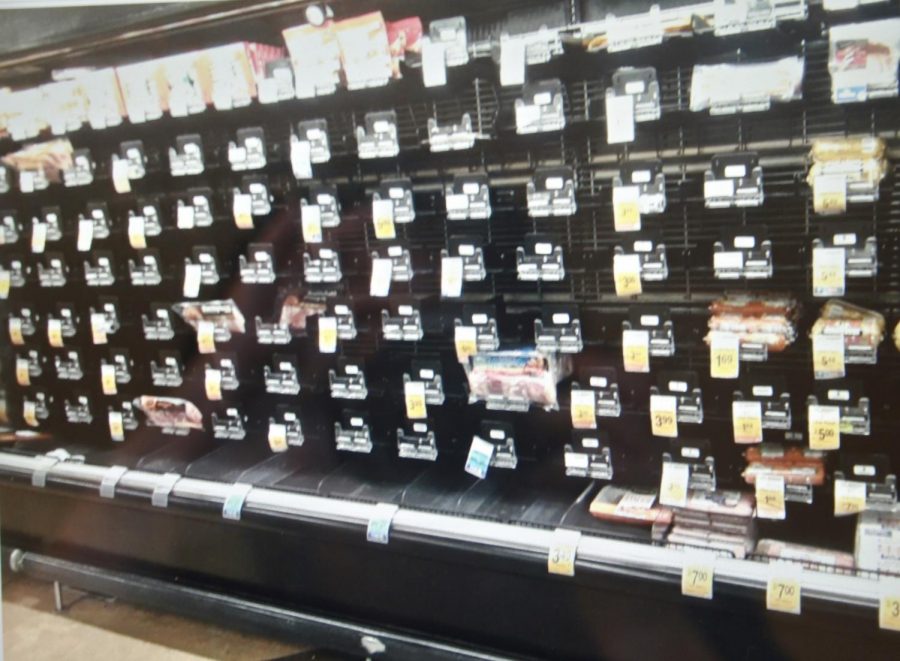Food shopping during the first week of the COVID-19 crisis reminded me of when I was a child in the 1980s and a new brand of marinara sauce called Prego was introduced to store shelves. After having eaten only one kind of spaghetti sauce (Ragu), this was a big deal. It was like watching color TV for the first time, when you’ve watched black and white TV your whole life. Shopping for food during the first week of the coronavirus crisis felt eerily similar to the time before Prego was made.
This week, there was only one kind of sauce left on the shelf at Vons and I was grateful to be able to find any. In many other countries around the world, it’s still a one-brand of sauce, food shopping experience. Americans have come to expect that there will be dozens of kinds of sauce. In this first stage of our new normal, where the rampant threat of COVID-19 looms around the globe, and “social-distancing” is now a good thing, California’s stay-at-home order has changed the way we San Diegans shop for food. I’m not talking about the survival tactics that some shoppers are taking, hoarding supplies like it’s time to enter an underground bunker; most people were really grateful to secure the basic food they need to live, at all, during the pandemic. After I finished food shopping at three different stores this week, I felt more grateful than I’ve been in a long time.
Many of the shelves in Vons in Pacific Beach were ravaged and stripped bare. Instead of the usual large pyramids of apples in the produce section, there were now only little apple hills. In the frozen food aisle, a bag of peas was the sole item left on the entire side of the aisle. Within seconds of spotting it, a man grabbed the bag and threw it into his cart. There were no frozen pizzas left in the freezer; there was not a waffle, not a french fry, not a fish stick.
At the Vons in the Clairemont Square shopping center, I searched the produce area for a bag of long carrots, because they taste better than the baby carrots, and I saw a man grab the last bag of long carrots in the store. “Lucky” I said to him, and he smiled and held up his bag of carrots above his head like he’d just won a trophy – a small victory in the COVID-19 era.
After coming up short on finding hot dogs at Vons, I thought Gelsons must have some, as it’s a smaller market with fewer shoppers. Their hot dog section was barren too. I forgot that just a few aisles back I’d found a bag of hot dog buns, so while I had no hot dogs, I felt lucky to have gotten the buns at anyway.
During this third shopping trip of the day, I found a fully-stocked egg case. I felt like going back to the two Vons and letting people in on the secret egg location of the neighborhood, but since I had bags of groceries to still unload and put away at home, I didn’t.
Shopping for food amid peoples’ fear of catching coronavirus is now a strategic battle to ensure our survival. Whether these fears of spreading and catching COVID-19 are blown out of proportion is unimportant. The reality is that all of the people panicking about COVID-19 are buying more food than they really need. With the worst-case scenario in their heads of what could happen as a result of the COVID-19 threat, it’s understandable to over-buy. However, we non-panickers are now competing with the shortages of toilet paper and hot dogs because of the nervous hoarders. As I waited in the long checkout line at Vons, I heard casual chit-chat about the “apocalypse” more times than I normally care for. These are strange days. Strange days indeed.




